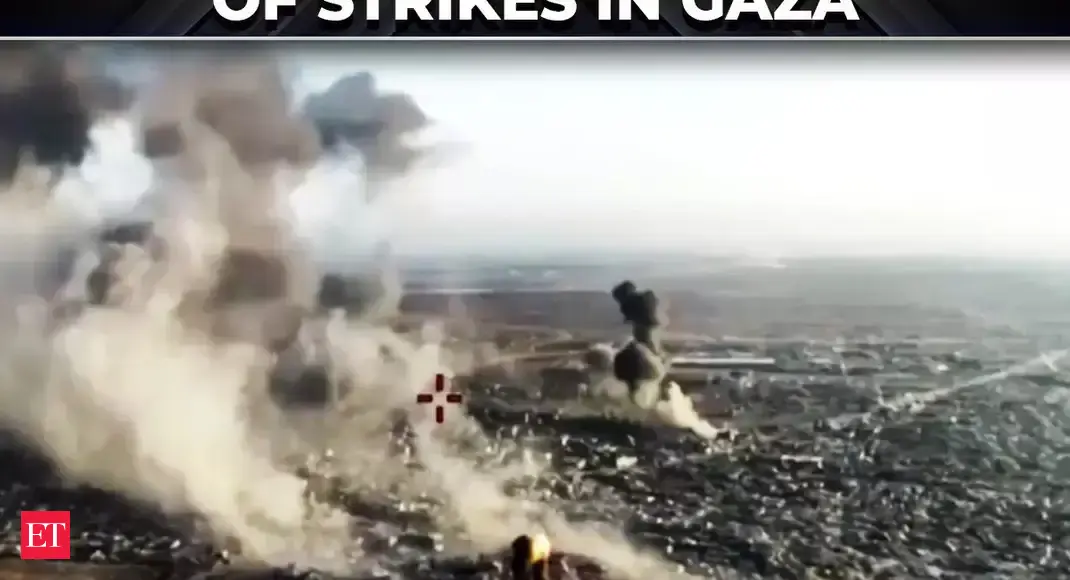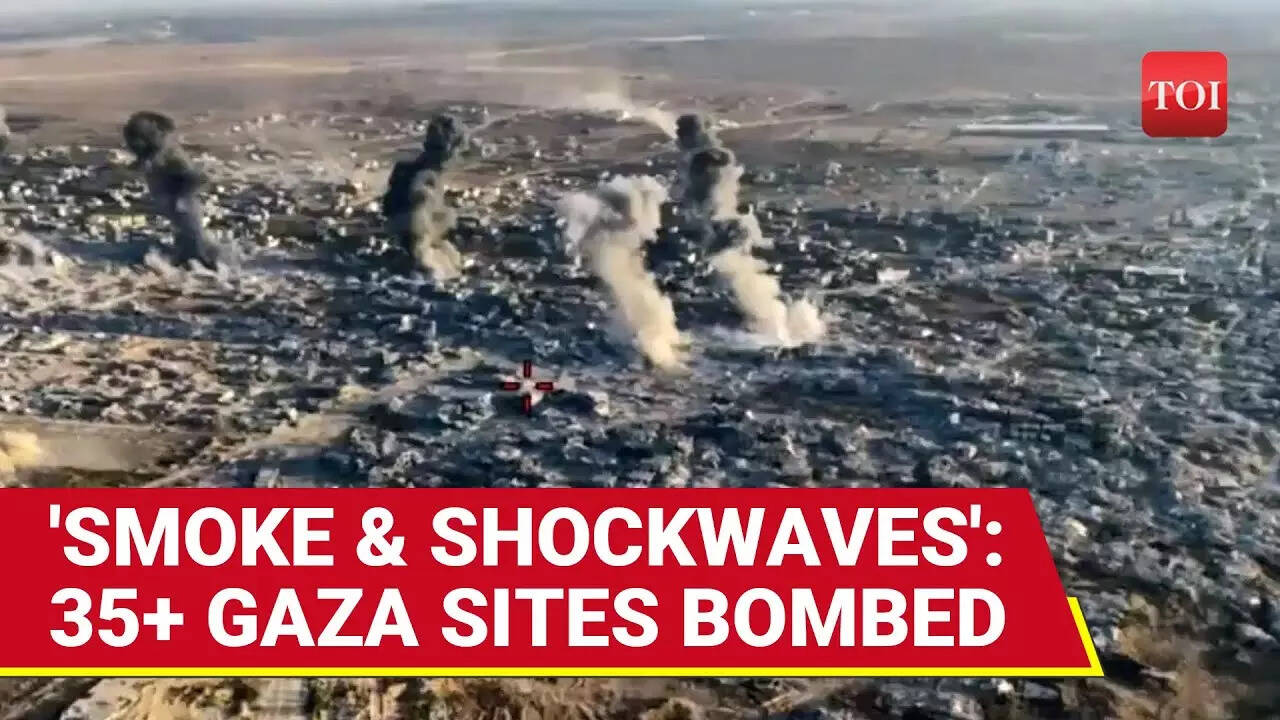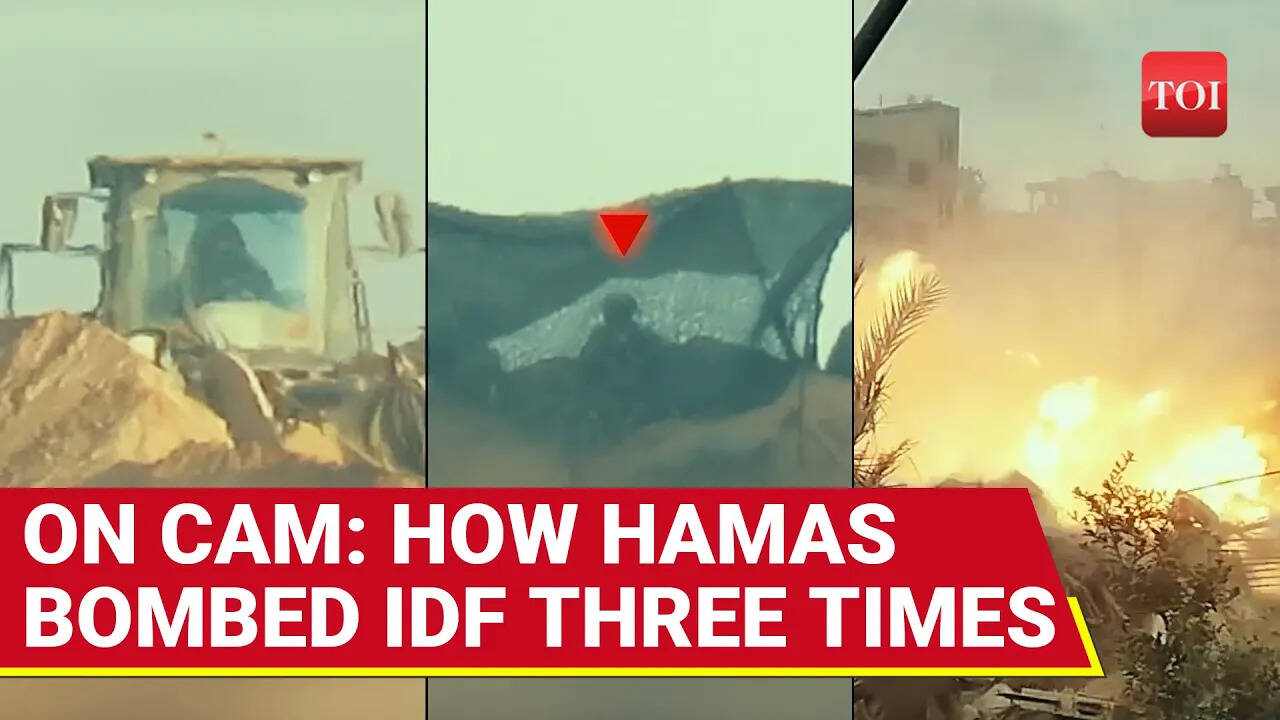Embedded in Gaza: Israeli soldiers hold the line near Beit Hanoun and Beit Lahiya
A small group of journalists entered the Gaza Strip from the Erez Crossing in southern Israel on Thursday. ILTV Correspondent Shosh Bedrosian, partnered with YNet News, was one of the three journalists to be selected to go inside Gaza, a process that’s taken many weeks.
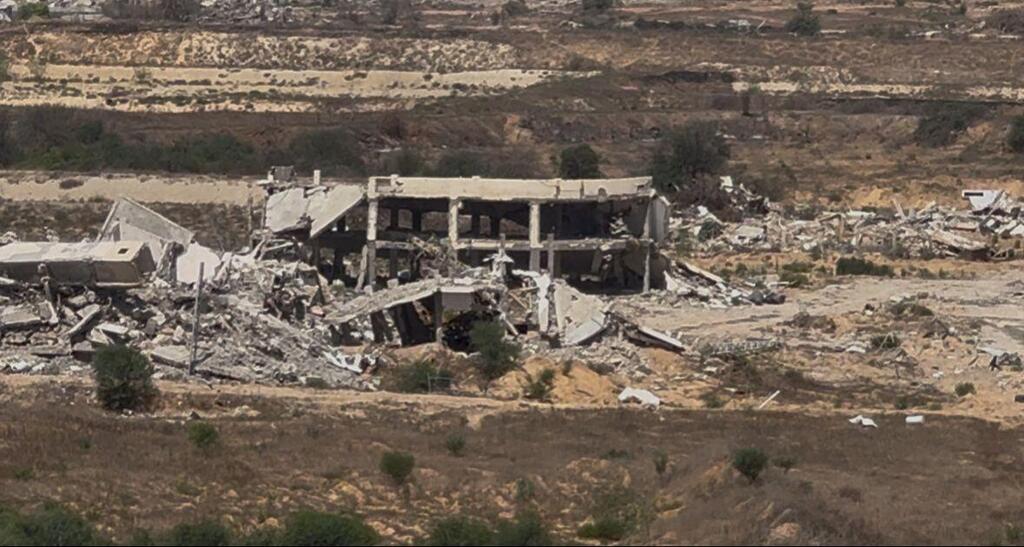
Soldier takes journalists back to Erez Crossing.
(Shosh Bedrosian)
Before officers and soldiers from Battalion 969 accompanied our group with armored vehicles in the ravaged enclave, massive explosions could be seen and heard just over the border fence. Large plumes of layered smoke could be seen from the base we were picked up from, with our questions as to why soon answered by soldiers on the ground.
Soldiers dropped us off at a strategic and critical location for the IDF. The spot was located in the middle of two northern Gazan cities, Beit Hanoun and Beit Lahiya, and used as a lookout point for the top half of the enclave and nearly all of southern Israel near the border. It’s a point of present and past, as it’s the backdrop of where the battalion fights with the memory of October 7th, overlooking the kibbutzim that were ransacked and massacred.
“We can see here Beit Hanoun, and if we look past, we can see Kfar Azza, and if we continue, we can see Nachal Oz,” said Commander T of the brigade, who is anonymous for safety and operational purposes. “That means every soldier at this point can see what he is protecting, he can see the communities, and he knows what he is protecting them from.”
Commander T explained that both Beit Hanoun and Beit Lahiya are not only “massive Hamas strongholds,” but IDF soldiers continue to find weapons, tunnels, and are still fighting face-to-face combat with terrorists on a daily basis.
“It’s more like an ambush. Sometimes there are terrorists just waiting for us. It’s like a game, like a chess game,” said a combat soldier for the brigade, who goes by Soldier A.
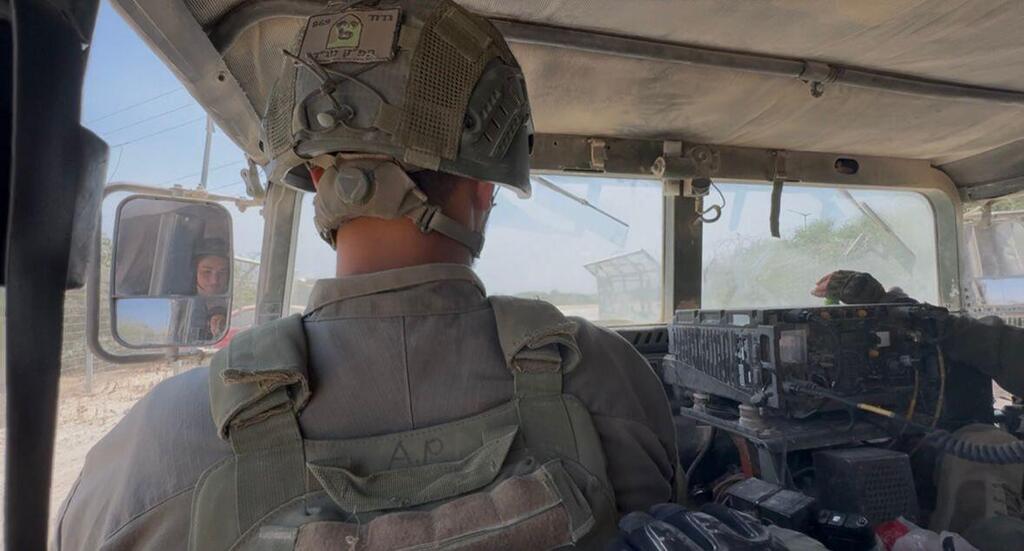
Commander T at the lookout near Beit Hanoun.
(Shosh Bedrosian)
On Tuesday, the IDF says the Givati Brigade eliminated dozens of terrorists at close range and dismantled terrorist infrastructure in Beit Hanoun, just a few kilometers from where the group of journalists was standing.
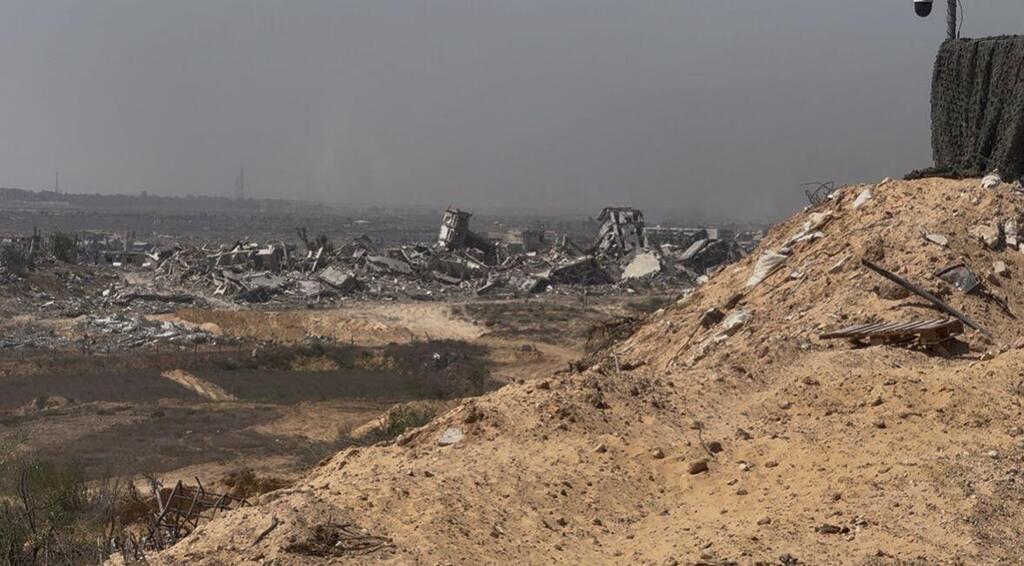
Lookout point over Beit Hanoun where ongoing explosions took place.
(Shosh Bedrosian)
The IDF says they also located weapons, underground tunnel routes, and a rocket launcher used by Hamas to fire at Israel.
“We need to find them and get to them so we can dismantle them,” said Commander T about the tunnels the battalion continues to help locate in northern Gaza. “These processes take time, but this is something that is happening every night. Every night we discover tunnels.”
When looking around the two cities in the north of Gaza, the smoky color grey is filtered on top of the destroyed buildings that stretch for kilometers. Devastation fills each neighborhood, with nearly no structure left in sight. The sight of plumes of smoke even on these decimated buildings exists, with soldiers explaining that even though the structures have been knocked down, Hamas terrorists still find a way to exist there. They also say the explosions are likely happening on underground terror infrastructure.
Describing the destruction around the area, Soldier A said, “Everything around here is demolished for a reason. Everything here is where all the terrorists hide their weapons, hide everything.”
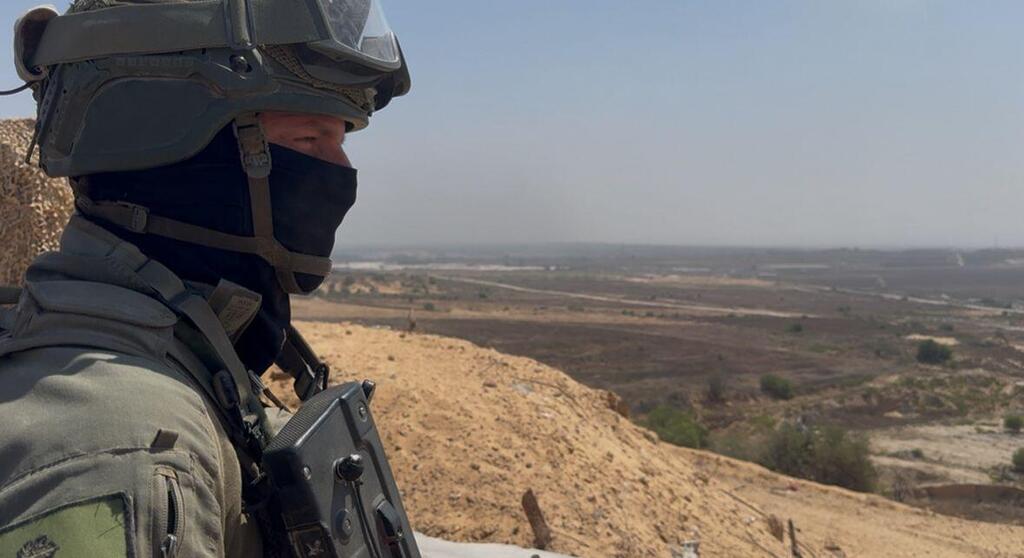
Destroyed buildings in Beit Lahiya.
(Shosh Bedrosian)
From the point where journalists were allowed to be, the IDF said Palestinians in the enclave were pushed 2 kilometers south to avoid the ongoing operations and combat fighting. With an immense death toll on its own people and human suffering amongst the Palestinian population, the Hamas terror organization continues to hold 50 Israeli hostages in captivity, including 20 who are believed to be alive. The deadly and longest war in Israel’s history continues, as both sides ache and with IDF soldiers saying they aren’t going anywhere.
“After 600-plus days of fighting, we are here. Fighting from within the Gaza Strip, deep within the area of Beit Lahiya and Beit Hanoun, and we are here to stay,” said Commander T.
You may also like...
The Names We Carry: Why Africa’s Many-Name Tradition Shouldn’t Be Left Behind
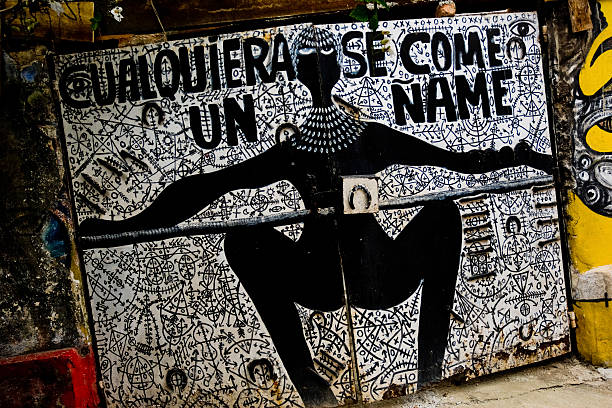
"In many African communities, a child's birth is marked with a cascade of names that serve as fingerprints of identity, ...
WHY CULTURAL APPROPRIATION ISN’T ALWAYS OFFENSIVE
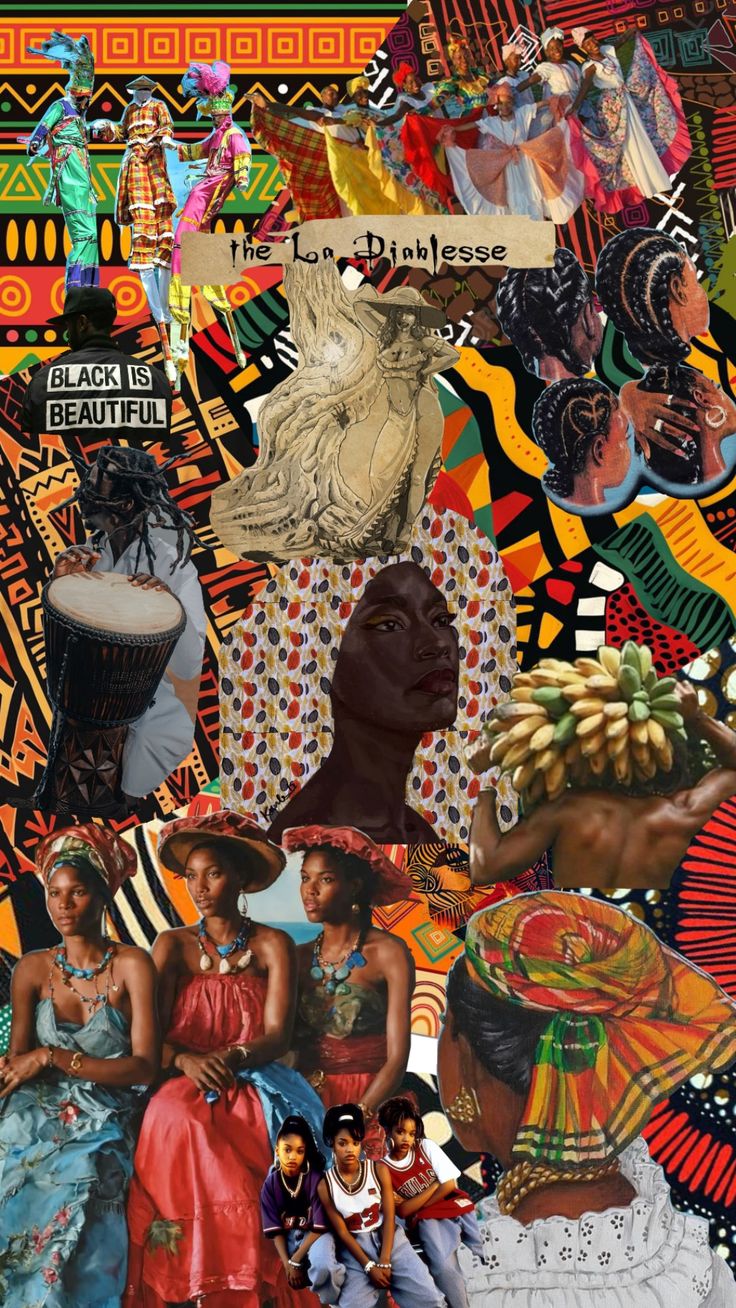
In a world of global fusion, is every act of cultural borrowing theft—or can it be respect? This thought-provoking essay...
Africa’s Health Revolution: How a New Generation is Redefining Global Wellness from the Ground Up

Move beyond the headlines of health challenges. Discover how African youth and innovators are using technology, traditio...
Kwame Nkrumah: The Visionary Who Dreamed of a United Africa
(13).jpeg)
Discover the powerful legacy of Kwame Nkrumah, Ghana’s first president and a pioneer of Pan-Africanism, whose vision for...
Meet the Theremin: The Weirdest Instrument You’ve Never Heard Of

From sci-fi movies to African studios? Meet the theremin—a touchless, ghostly instrument that’s making its way into Afri...
Who Told You Afro Hair Isn’t Formal?

Afro hair is still widely seen as unprofessional or “unfinished” in African society. But who decided that coils, kinks, ...
1986 Cameroonian Disaster : The Deadly Cloud that Killed Thousands Overnight

Like a thief in the night, a silent cloud rose from Lake Nyos in Cameroon, and stole nearly two thousand souls without a...
How a New Generation is Redefining Global Wellness from the Ground Up
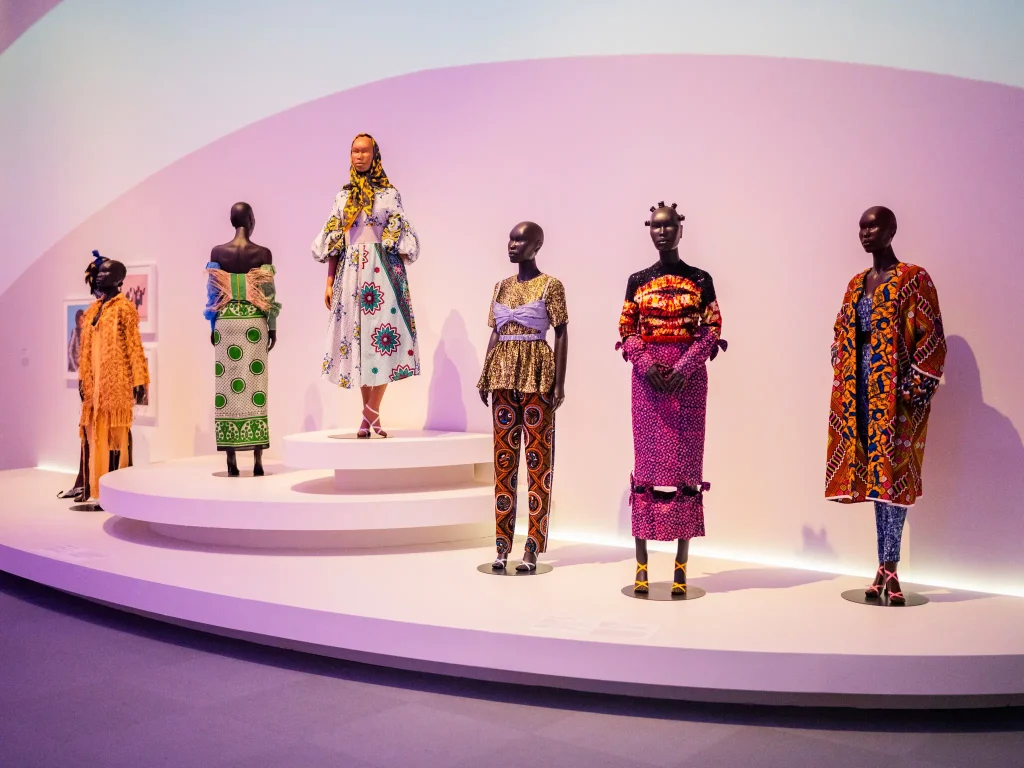
Forget fast fashion. Discover how African designers are leading a global revolution, using traditional textiles & innov...
